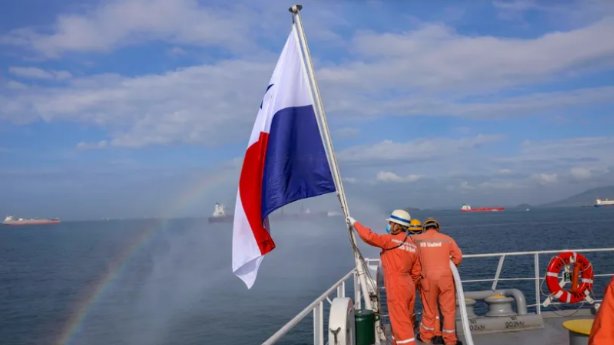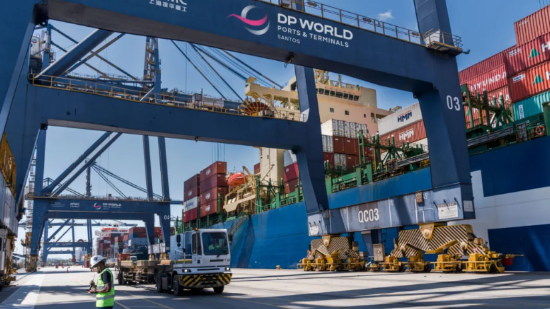The global shipping market is undergoing a profound capacity realignment in response to sharp short-term demand fluctuations on Asia–North America routes.
Recent data reveals widening strategic differences among carriers, with Mediterranean Shipping Company (MSC) leading the charge through a sweeping overhaul of its east–west network—sending ripples across the industry.
According to shipping database eeSea, MSC has made systemic adjustments to five key routes over the past two weeks. Unlike typical blank sailings or temporary suspensions, this restructuring is more complex, involving service mergers, route splits, and even changes in overall operating models.
Notably, the Asia–Mediterranean “Phoenix” service has already been terminated, while the US East Coast “Empire” service will end after the final voyage of MSC Jasper VIII on April 27. The US West Coast “Orient” service is also being discontinued, with its final sailing operated by Cape Kortia.
The most significant change is the dismantling of MSC’s flagship pendulum service “Swan–Sentosa” (Asia–Europe–North America):
- Swan will now operate solely on the Asia–Europe trade, deploying ten 15,000-TEU vessels. These will be available for space-sharing with partners like ONE, Yang Ming, and HMM.
- Sentosa becomes an independent Asia–US West Coast service operated solely by MSC, with the same vessel size.
In addition, MSC has merged its Middle East/India-bound “Shikra” service with the US West Coast “Pearl” service to create a new hybrid route. This new route will operate with smaller 8,000-TEU vessels, reducing the fleet from 16 to 13 ships—another move to tighten capacity.
Meanwhile, the Ocean Alliance (CMA CGM, COSCO, OOCL, Evergreen) is actively cutting capacity through extensive blank sailings. Sea-Intelligence reports that 58 blank sailings have been announced on Asia–US West Coast routes for April and May alone, over half of which come from the Ocean Alliance, resulting in a 26% year-on-year capacity drop.
In contrast, the Gemini Cooperation between Maersk and Hapag-Lloyd has not announced any blank sailings but is reducing capacity more flexibly—by deploying smaller vessels—achieving an 8% year-on-year cut.
At the heart of this wave of adjustments lies the ongoing US–China trade war. Since its onset, total capacity on the Asia–US East Coast route has dropped by 15 percentage points. What was once projected to grow by 10.9% is now shrinking by 4.9%.
Cargo demand from Asia—especially from China—is reported to be down by 30% to 50% year-on-year. Although Southeast Asia has picked up some of the slack, it remains insufficient to fully replace the lost volume from China.
For freight forwarders and exporters, this means one thing: rate volatility, capacity shortages, and schedule disruptions will be the new normal in the months ahead. As peak season looms, securing space and mitigating supply chain risk will be urgent challenges across the logistics industry.

Last
Panama Maritime Authority Launches First Phase of Electronic Ship Registration System
The Panama Maritime Authority (AMP) has launched the first phase of its Electronic Ship Registration System (REN) to modernize ope

Next
DP World Launches $165M Expansion of Maputo Port to Double Capacity and Boost Africa Trade Connectivity
Global port and logistics leader DP World has officially launched a $165 million expansion project at the Maputo Port container te
